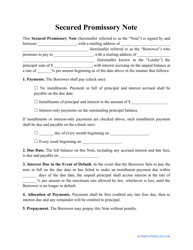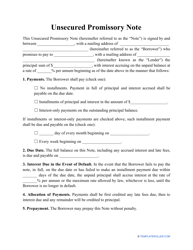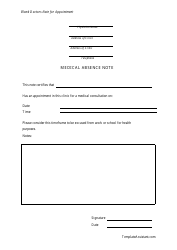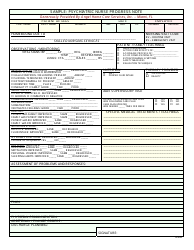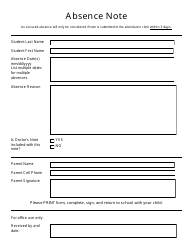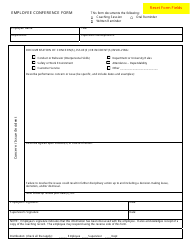Note Secured by Deed of Trust Form
A Note Secured by Deed of Trust Form is used for legally documenting a loan agreement that is backed by a property. It outlines the terms of the loan, such as the repayment schedule and interest rate, and serves as evidence of the borrower's promise to repay the loan. The Deed of Trust serves as collateral, allowing the lender to foreclose on the property if the borrower fails to repay the loan.
The lender typically files the Note Secured by Deed of Trust form.
FAQ
Q: What is a Note Secured by Deed of Trust form?
A: A Note Secured by Deed of Trust form is a legal document used to outline the terms of a loan secured by real estate.
Q: What is the purpose of a Note Secured by Deed of Trust form?
A: The purpose of a Note Secured by Deed of Trust form is to establish a written agreement between a borrower and a lender regarding a loan that is secured by a property.
Q: What information is included in a Note Secured by Deed of Trust form?
A: A Note Secured by Deed of Trust form typically includes details about the loan amount, interest rate, repayment terms, and the property that serves as collateral for the loan.
Q: Is a Note Secured by Deed of Trust form legally binding?
A: Yes, a Note Secured by Deed of Trust form is a legally binding document that establishes the rights and obligations of both the borrower and the lender.
Q: Do I need a lawyer to fill out a Note Secured by Deed of Trust form?
A: While not required, it is recommended to consult with a lawyer or a real estate professional when filling out a Note Secured by Deed of Trust form to ensure all legal requirements are met.
Q: Can a Note Secured by Deed of Trust form be used for any type of loan?
A: Yes, a Note Secured by Deed of Trust form can be used for various types of loans, such as mortgage loans or loans for purchasing real estate properties.
Q: What happens if the borrower fails to repay the loan outlined in the Note Secured by Deed of Trust form?
A: If the borrower fails to repay the loan as agreed, the lender can initiate foreclosure proceedings to recover the outstanding debt by selling the property secured by the deed of trust.


